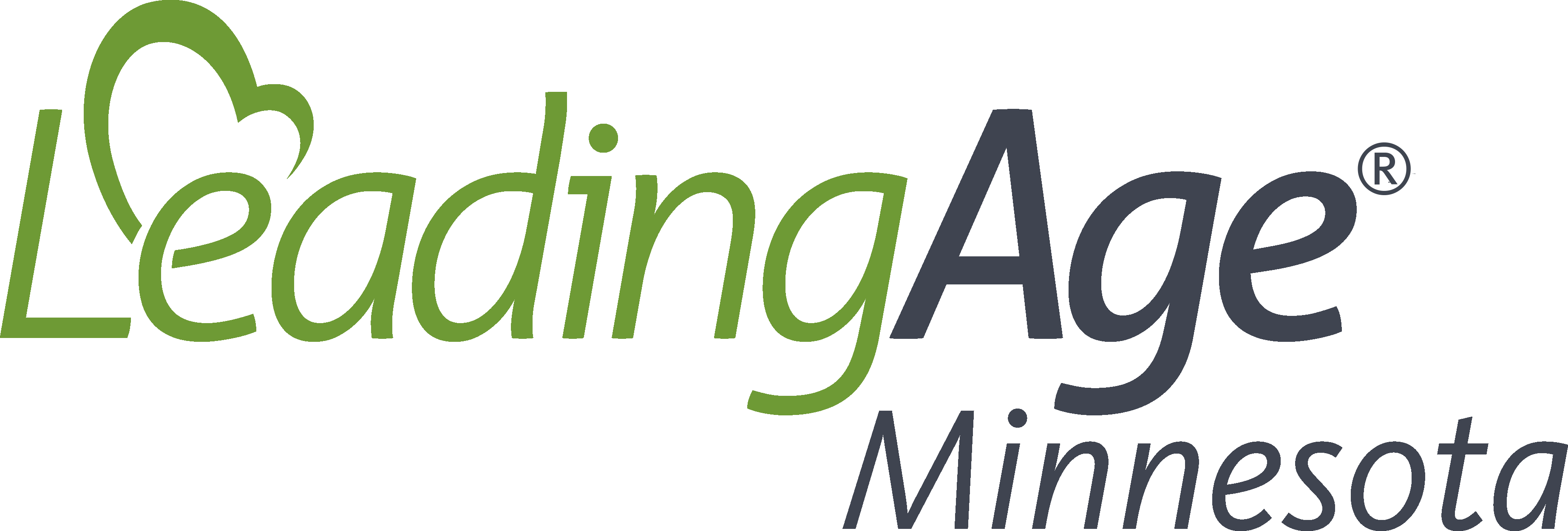Recent LTC Imperative Surveys Show Continued Tough Times for Providers
Posted on February 23, 2023 by Jeff Bostic
With our partner in the Long-Term Care Imperative, we recently completed two surveys that look at the operating conditions faced by providers: a workforce survey and a care center occupancy survey. The surveys confirmed that staffing challenges continue to impact access to services for seniors throughout the state.
Workforce survey results
The workforce survey found that the staffing challenges providers face are not improving.
High vacancy rates and staff turnover continue to plague care centers and assisted living providers throughout the state. Care centers have vacancy rates of more than 20% for all nursing staff positions, while AL providers are doing slightly better with nursing vacancy rates of 15-20%.
The total number of vacant long-term care positions is estimated at 18,500. That’s down a bit from prior surveys, primarily due to providers not budgeting for as many positions because they can’t fill them.
Staff turnover also remains a significant challenge for all long-term care providers. Assisted living providers had high staff turnover rates in 2022 for the second consecutive year, at 44% for nurses and 65% for aides. Care centers fared even worse, with turnover rates of 50% for nurses and a shocking 80% for nursing assistants.
The continued struggle of care centers to attract staff is confirmed by another of the survey’s findings, which is that they’ve had a net loss of total employees of 15% since the beginning of the COVID-19 pandemic. On the bright side, assisted living providers have now recovered to the same number of employees as before the pandemic.
Care center occupancy survey results
The care center occupancy results for 2022 show that the ongoing workforce shortage continues to limit census significantly.
While slight progress is being made toward improved occupancy, at the end of 2022, care centers were still almost 10% below their pre-pandemic occupancy levels. The occupancy decline has impacted all regions of the state but not equally. While a few regions exceed 80%, including the Twin Cities Metro area, northwest Minnesota, and southwest Minnesota, the southeast region has been particularly hard hit by staffing shortages. It has an average census of more than 5% below the state average.
The occupancy survey also confirms that the low census is driven mainly by the staffing challenges identified in the workforce survey. More than 70% of care centers are still limiting admissions because they do not have adequate staff to serve additional clients.
That figure declined slightly at the end of the year, primarily because of improvement in the Twin Cities Metro area. Still, the number of providers statewide continuing to restrict admissions is unprecedented. It contributes to the lack of access to care and back-ups in hospitals struggling to discharge many clients.
For additional information or questions about these surveys, contact Jeff Bostic, Director of Data and Payment.
Comments
Add a comment
Members must sign in to comment
You must be a member to comment on this article. If you are already a member, please log in. Not a member? Learn how to join »

No one has commented on this article yet. Please post a comment below.